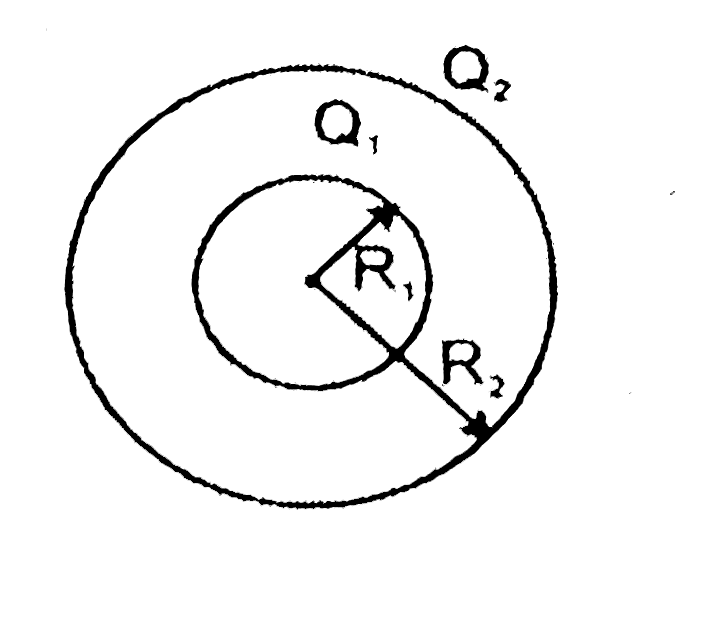Pearson's coefficient of correlation r always follow: (a)r≤1 (b)r<−1 (c)|r|≤1 (d)|r|≥1
r≤1
r<−1
|r|≤1
|r|≥1
The correct Answer is:C
To solve the question regarding Pearson's coefficient of correlation r, we will analyze the properties of r step by step.
Step 1: Understanding Pearson's Coefficient of Correlation
Pearson's coefficient of correlation r is a statistical measure that describes the strength and direction of a linear relationship between two variables.
Step 2: Range of r
It is known that the value of r can range from -1 to +1. This means:
−1≤r≤1
Step 3: Analyzing the Options
Now, let's evaluate the given options based on the range of r:
- Option (a): r≤1
- This is true, but it does not account for the lower limit of r. Therefore, it is not a complete representation of the range.
- Option (b): r<−1
- This is incorrect because r cannot be less than -1.
- Option (c): |r|≤1
- This is correct because it captures both the upper and lower bounds of r. It states that the absolute value of r is always less than or equal to 1.
- Option (d): |r|≥1
- This is incorrect because it suggests that r can be equal to or greater than 1 in absolute value, which is not true.
Step 4: Conclusion
Based on the analysis, the correct answer is:
(c) |r|≤1
Pearson's coefficient of correlation r is a statistical measure that describes the strength and direction of a linear relationship between two variables.
It is known that the value of r can range from -1 to +1. This means:
−1≤r≤1
Now, let's evaluate the given options based on the range of r:
- This is true, but it does not account for the lower limit of r. Therefore, it is not a complete representation of the range.
- Option (b): r<−1
- This is incorrect because r cannot be less than -1.
- Option (c): |r|≤1
- This is correct because it captures both the upper and lower bounds of r. It states that the absolute value of r is always less than or equal to 1.
- Option (d): |r|≥1
- This is incorrect because it suggests that r can be equal to or greater than 1 in absolute value, which is not true.
Based on the analysis, the correct answer is:
(c) |r|≤1
Topper's Solved these Questions
Similar Questions
Knowledge Check
Two moles of oxygen are mixed with eight moles of helium. The effective specific heat of the mixture at constant volume is a) 1.3 R b) 1.4 R c) 1.7 R d) 1.9 R
A1.3 RB1.4RC1.7RD1.9R
Prove that the coefficient of xr in the expansion of (1−2x)−12 is 2r!(2r)(r!)2
View SolutionThe coefficient of xr[0≤r≤(n−1)] in the expansion of (x+3)n−1+(x+3)n−2(x+2)+(x+3)n−3(x+2)2+.... +(x+2)n−1 is a.nCr(3r−2n) b.nCr(3n−r−2n−r) c.nCr(3r+2n−r) d. none of these
View SolutionTwo concentric uniformly charge spherical shells of radius R1 and R2(R2>R1) have total charges Q1 and Q2 respectively. Derive an expression of electric field as a function of r for following positions.
(i) r<R1 (ii) R1≤r<R2
(iii) r≥R2

View SolutionGiven positive integers r>1,n>2 and that the coefficient of (3rd)th and (r+2)th terms in the binomial expansion of (1+x)2n are equal. Then (a) n=2r (b) n=2r+1 (c) n=3r (d) non of these
View SolutionIf the coefficients of rth, (r+1)th,and(r+2)th terms in the expansion of (1+x)14 are in A.P., then r is/are a. 5 b. 11 c. 10 d. 9
View SolutionIf the coefficients of r,(r +1 ),(r+2) terms in (1+x)14 are in A.P. then r =
View SolutionIf Cr be the coefficients of xr in (1+x)n, then the value
of n∑r=0(r+1)2Cr, is
View Solution
